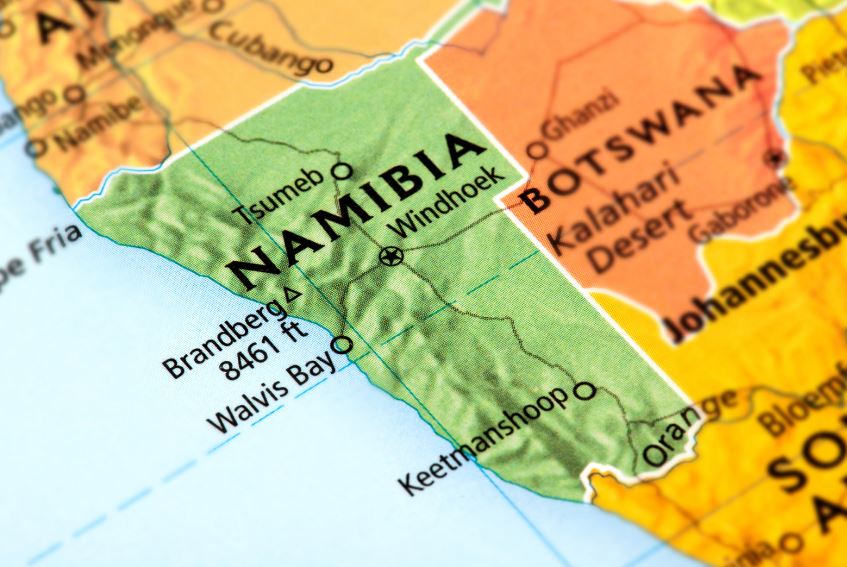Namibia is on the cusp of an energy revolution, as the Environmental Investment Fund (EIF) embarks on a groundbreaking project that could reshape the nation’s energy landscape.
In collaboration with Fichtner GmbH & Co. KG, the EIF is conducting a comprehensive feasibility study focused on green hydrogen production and its derivatives within the Central Hydrogen Valley, encompassing the Erongo, Khomas, and Otjozondjupa regions. This initiative is poised to unlock a world of potential, tapping into the region’s abundant solar resources and strategic infrastructure.
The Central Hydrogen Valley is no ordinary region; it’s primed to become Namibia’s green energy oasis. With well-established road, rail, and port facilities connecting the area, it’s strategically positioned for success. Additionally, the region boasts an abundance of solar resources, making it an ideal hub for the production of Synfuels and related green hydrogen equipment manufacturing facilities.
Feasibility studies are the foundation of any ambitious project, and in the case of the Central Hydrogen Valley, it’s no different. This pivotal assessment covers a wide range of areas, including evaluating technologies, calculating associated costs, and predicting potential environmental and social impacts. The study acts as a sieve, sifting through ideas to pinpoint the most promising while eliminating less viable options, ultimately saving time and resources.
Last week, representatives from the EIF and Fichtner made a courtesy visit to the Governor of the Erongo region to outline the anticipated deliverables of this feasibility study. It’s important to note that the study is generously funded through the readiness program of the Green Climate Fund (GCF).
The study is no small endeavor. It will include an “Environmental and Social Impact Assessment,” focusing on comprehensive mapping and a red flag report. This will help identify suitable zones for solar PV and onshore wind potential. It will also assess the potential for hydrogen and its derivatives production, accompanied by estimated production costs for the identified zones. The study will delve into potential enablers for the economic and social integration of green hydrogen and its derivatives within the Central Hydrogen Valley.
Neville André Itope, Erongo Governor, emphasized the importance of considering cumulative environmental impacts, both positive and negative, from multiple green hydrogen projects within one region. It’s a testament to Namibia’s commitment to sustainability and environmental stewardship.
The EIF of Namibia’s ongoing commitment to mobilizing resources and recognizing the potential of the Erongo region in various projects is poised to drive significant change. The study’s final report, expected upon completion, will be eagerly awaited and will play a pivotal role in shaping Namibia’s green energy future.
This project, known as NAM-RS-004, is one of six readiness programs in Namibia, executed with the collaboration of various stakeholders and implementing partners. The initiative is set to transform Namibia’s energy landscape, demonstrating the power of green hydrogen in achieving a sustainable and environmentally friendly future.
